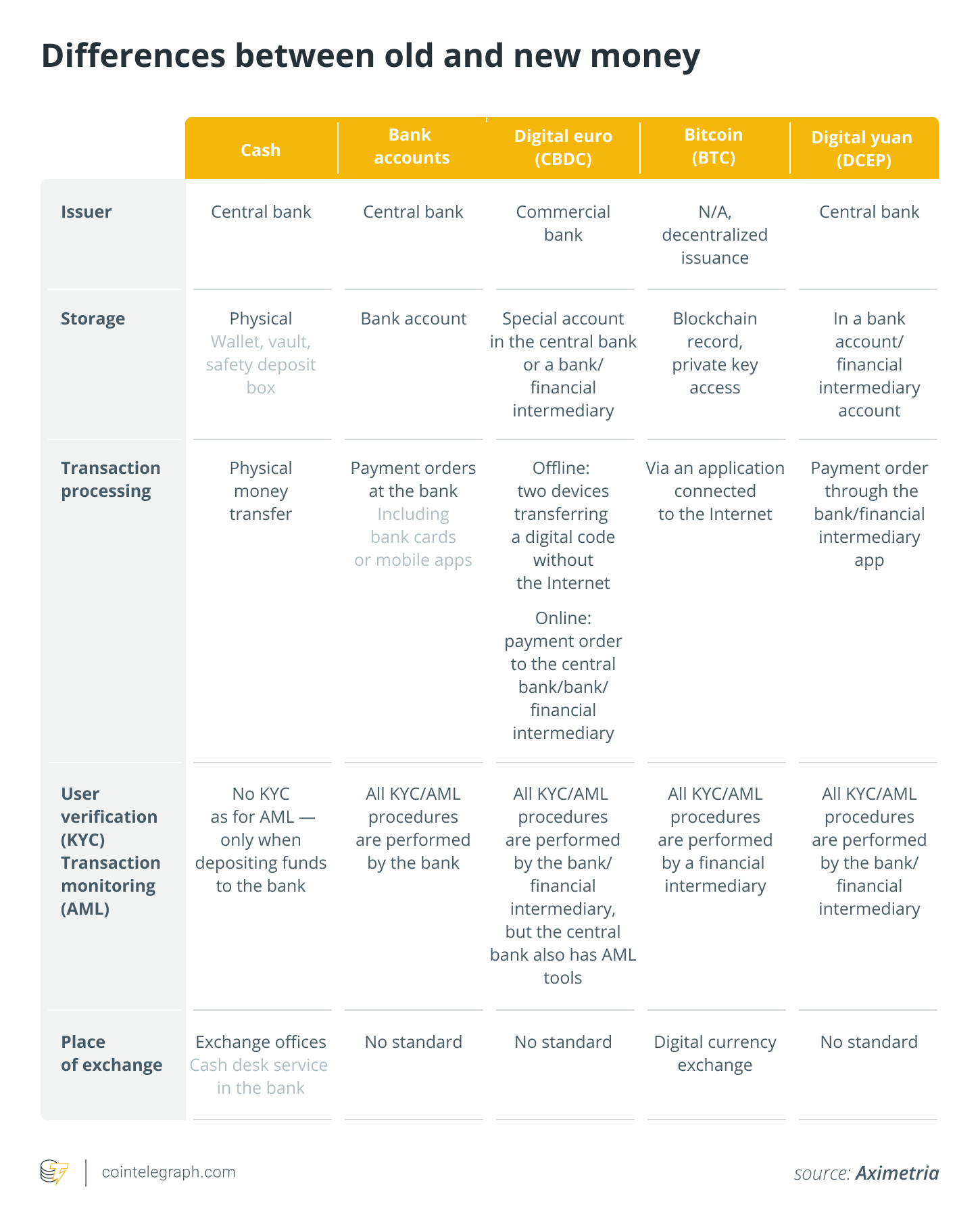Image a scenario where you need different messengers to send different types of messages — for example, WhatsApp for text messages, Viber for audio, Telegram for video, etc. Rather inconvenient, right? But this is exactly what happens in finance: There is no way to send both digital fiat money and cryptocurrency from a bank account without extra steps. It’s not affecting the masses just yet, but after the issuing of national digital currencies, or central bank digital currencies, in the next few years over the world, the situation is about to become complicated. We need to start looking for a solution now.
CBDCs require a multi-format framework
The traditional financial system can’t brush off new technologies anymore. According to the Cambridge Center for Alternative Finance, the number of cryptocurrency users has almost tripled from 35 million people in 2018 to 101 million people in Q3 2020. Another study, conducted by researchers from the United Kingdom’s Financial Conduct Authority, revealed a 78% increase since 2019.

Cryptocurrency operations are profitable. In Q4 2020 alone, PayPal increased its number of transactions by 36%, which is worth about $277 billion. The increase began in Q3 2020 when the company introduced crypto transactions. This is one of the best quarterly returns in PayPal’s history.
Related: Will PayPal’s crypto integration bring crypto to the masses? Experts answer
However, central bank digital currencies are going to become a part of our daily lives in three to five years. And we need completely new infrastructure for its mainstream adoption. China was the first to actively promote its digital yuan project — referred to as the Digital Currency Electronic Payment, or DCEP. China is fully focused on the infrastructure because several local banks have already developed or are developing their own e-wallets — the main tool for working with DCEP.
Related: China turns up pace on CBDC release, tests infrastructure prior to adoption
So far, the Chinese digital yuan is the only example of digital money issued by central banks that is actually working. Notably, more than 60 central banks around the world are exploring this opportunity. DCEP is built on centralized blockchain technology fully managed by the Central Bank of China. This technology makes it possible to gain full control over all financial transactions, ensures social spending targeting, increases tax collection, and prevents financial crimes.
In turn, international payments system Visa recently introduced a protocol for offline transactions with central bank digital currencies. To pay or accept payments offline simply requires downloading a mobile application. In this case, CBDCs essentially replace cash, leading to an increase in the number of transactions controlled by the issuer, bank or financial intermediary.
The monetary multi-format framework is about to become a requirement for financial instruments. Banks will have to make sure that fiat, CBDC and crypto transactions can be made in one place: in a banking application. But there is a catch: The new formats have nothing in common with their predecessors. Moreover, governments view the launch of CBDCs as autonomous. In other words, it doesn’t follow a unified standard with neighboring countries.
What stands in the way of combining “old” and “new” money?
Cryptocurrencies and CBDCs are relatively new. So, there is a lot of uncertainty around these financial instruments. That being said, fiat and digital money share common functions, and the method and quality of their implementation affect how the multi-format financial solution is going to be created.

Building a multi-format financial solution requires a unified approach to compliance. If each service conducts Anti-Money Laundering checks for CBDC and cryptocurrency transactions following its own policy, the bank on the receiving end will not confirm them.
People who aren’t deeply involved in crypto might think digital assets cannot be integrated into traditional business processes. But this is untrue. Our experience shows that it is necessary to develop a unified approach to compliance — the same for both traditional fiat and crypto. Public vilification of all digital asset owners stands in the way of that.
Moreover, the tools in crypto finance are noticeably more effective in AML than those in the traditional system. For example, Know Your Transaction procedures can show the entire transaction history for a particular cryptocurrency — from the moment the token was created to when it was sent to the user’s wallet, including every operation in between.
Versatility is getting harder
The differences between “old” and “new” money shown above are just a few examples, but they are significant enough that we can’t anticipate the seamless use of different forms of money. That is why the compatibility between them is especially important for many banks and fintech services.
We are entering a new era of many financial intermediaries of all shapes and sizes. They will serve their own niche, combining different types of electronic money, CBDCs and cryptocurrencies, using a variety of services. For example, Visa cards already support fiat, crypto, precious metals and Bitcoin (BTC) cashback.
When companies and people can choose among different types of money/currencies/payment systems, only those financial institutions that can work with a wide variety of formats and services simultaneously can be considered universal banks.
The views, thoughts and opinions expressed here are the author’s alone and do not necessarily reflect or represent the views and opinions of Cointelegraph.
Alex Axelrod is the founder and CEO of Aximetria and Pay Reverse. He is also a serial entrepreneur with over a decade of experience in leading technological roles. He was the director of big data at the research and development center of JSFC AFK Systems. Prior to this role, Alex worked for Mobile TeleSystems, the largest telecom provider in Russia, where he headed the antifraud and cybersecurity systems development.



